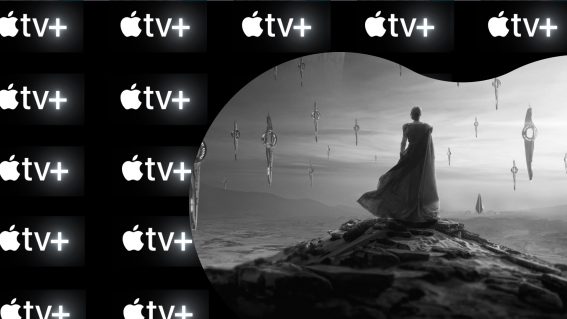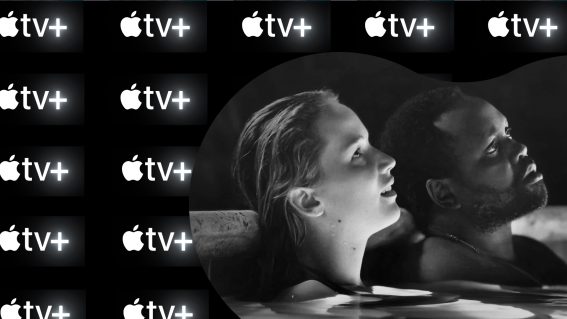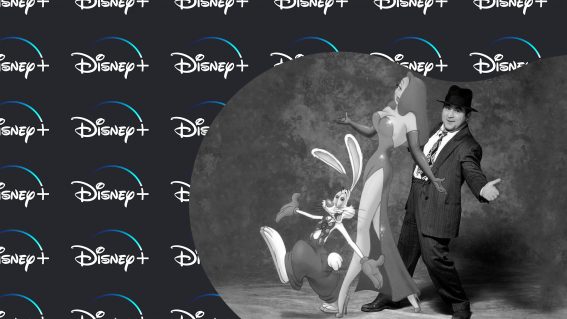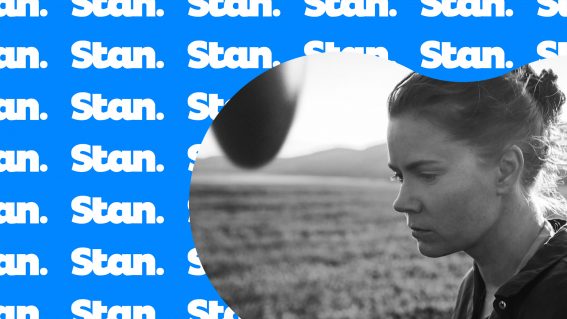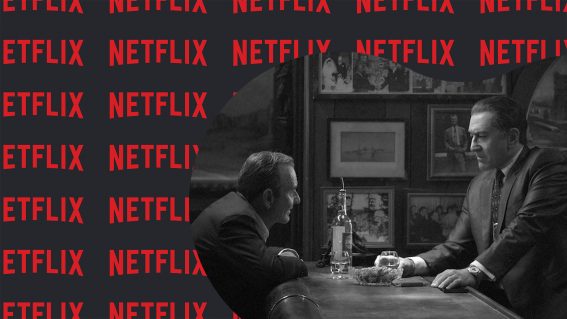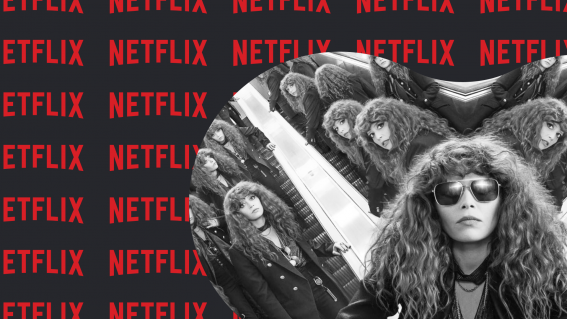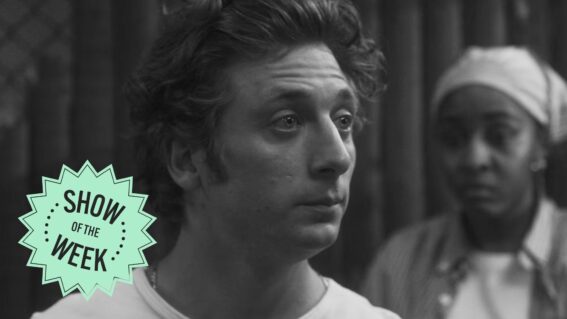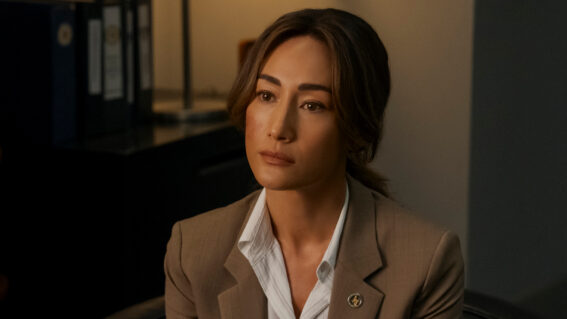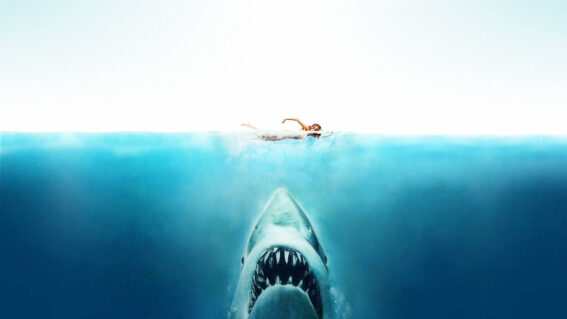Interview: ‘Exists’ director Eduardo Sánchez
Fifteen years ago, Eduardo Sánchez co-directed the phenomenally successful, ridiculously influential horror The Blair Witch Project. His new feature Exists returns to the found footage genre, as well as the woods, with a group of youngsters squaring off against the legendary Bigfoot. We spoke with Sánchez about his new film, the role of Bigfoot in popular culture […]
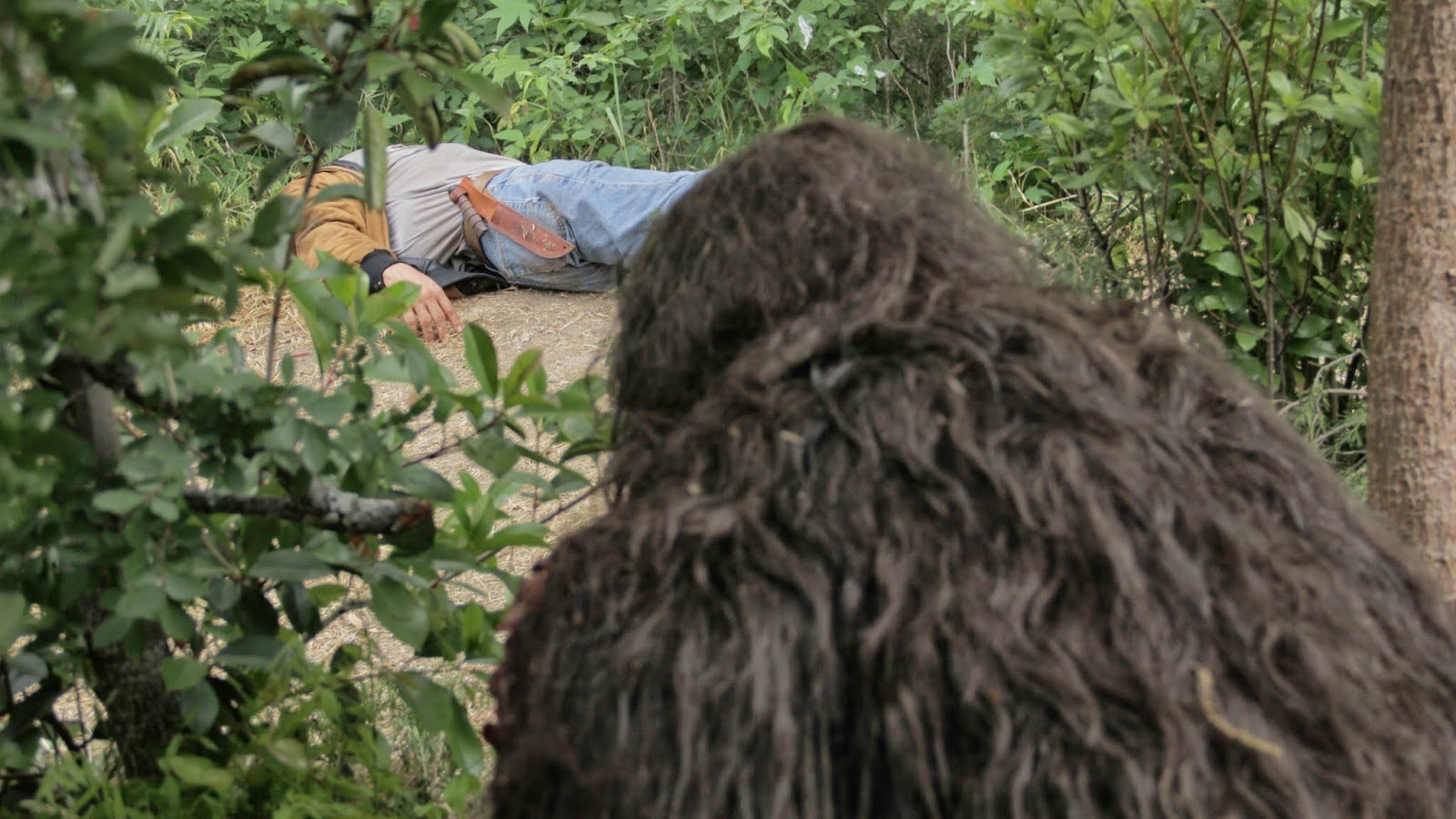
Fifteen years ago, Eduardo Sánchez co-directed the phenomenally successful, ridiculously influential horror The Blair Witch Project. His new feature Exists returns to the found footage genre, as well as the woods, with a group of youngsters squaring off against the legendary Bigfoot. We spoke with Sánchez about his new film, the role of Bigfoot in popular culture and the legacy of found footage.
FLICKS: I’ve been trying to think when I last saw a Bigfoot movie. It’s been a while.
EDUARDO SANCHEZ: It’s been quite a while, probably. I don’t remember… Probably the last one that was in the theatres was Harry and the Hendersons, and that was quite a different film. That was part of my reason for doing it. I mean I love Harry and the Hendersons, but the Bigfoot that I grew up with was more of a creature, more of a monster, more of a scary thing that lived in the woods. I went out and tried to re-create what I had felt for Bigfoot when I was a kid, so hopefully I achieved a little bit of that.
What were some of the things that fed into your childhood Bigfoot experiences?
For me as a kid, the Patterson–Gimlin film just kind of changed my life. That creature walking across the creek and looking back.
It’s such a striking and terrifying clip, that one.
Yeah, and it still is, and for me that’s when Bigfoot was born in my head and I think in the heads of a lot of people. Then there was a movie called The Legend of Boggy Creek that captured a little bit of that Patterson–Gimlin feeling. Then there was a show called In Search Of… on American television with Leonard Nimoy hosting, that had at least one Bigfoot episode. But just that whole show in general was about paranormal stuff, UFOs, Loch Ness Monster and just mysterious stuff – and the idea that all that stuff was– even The Legend of Boggy Creek and Patterson–Gimlin and In Search Of, they were set out as reality. They were set up as documentary footage.
For me that was what really made it terrifying, and that’s what inspired Dan Myrick and me to come up with Blair Witch, and also made me a huge Bigfoot fan. I think ever since that moment I’ve been trying to– I just really appreciate what I felt and the imagination burst that came from believing in Bigfoot and wanting to believe in Bigfoot, and I wanted to bring a little bit of that back to 2014. Most kids have never seen Bigfoot like that. I think that’s what– I think the best thing about the reaction from the film is from the young people that are just coming out like, “Wow, I never thought the creature could be like that,” and this and that. I just love that, because that’s the way Bigfoot was for me all the time.
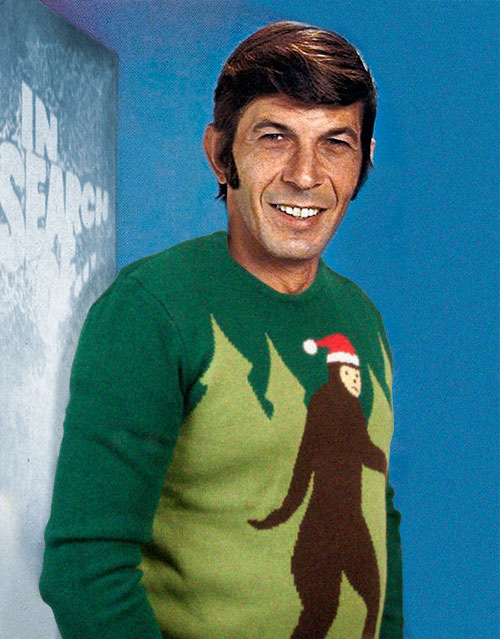
I had some experience of Patterson–Gimlin via ‘Arthur C. Clarke’s Mysterious World’, and even though it probably doesn’t really rank very high on the scariness scale, I vividly still recall being terrified at ‘The Six Million Dollar Man’ going up against Bigfoot. It definitely forms a part of a certain generation’s childhood, but as you say, maybe younger audiences haven’t really experienced it in that way.
Yeah. Bigfoot now is a punchline, and I don’t know if the beef jerky ads have reached you, but there’s beef jerky ads here in the United States that have Sasquatch. They’re really funny and they’re really effective and I love them, but at the same time I remember this creature being a little scarier, and I wondered if with a little luck and some good execution we could bring a little bit of that back to the 21st century.
You mentioned that some of that stuff that you saw as a kid kind of feeds into your overall filmmaking, and I think you can clearly draw a line between a fake Bigfoot film and found footage. With all that leading into ‘Blair Witch’ and the 15 years since, what are the challenges for making a found footage film after you’ve done such a great job in popularising that style?
At the end of the day, it’s just a film, and it’s just like Blair Witch – we weren’t trying to prove anything, we were just trying to make a film. For me, this movie was more about just bringing the creature to the screen, like I said, as close to what I remember as a kid as possible. And also making it a man in a suit – not making it CG – and making it as realistic as any Bigfoot movie could be. The creature’s not too big, he’s not too small, he’s not super powerful but he’s definitely more powerful than a human. So, it was that balancing act really that I was really worried about.
As far as the found footage aspect of it, every movie I make will be compared to Blair Witch, it’s just the way it is, and I knew that this would definitely be compared. But to me it wasn’t that big a deal. I knew it was the right decision when I started writing the script and we started thinking back on what Bigfoot meant to us and how we came in contact with Bigfoot, and we realised that everything we’ve seen of Bigfoot is found footage. The Patterson–Gimlin film is found footage. Basically it’s somebody with a Super 8 camera shooting this creature in the woods and saying, “Oh, I saw Bigfoot in the woods.” So it wasn’t that big a leap to go, “Hey, a found footage Bigfoot movie would work really well.” For us it was just a natural transition, and it’s a first found footage feature I’ve done since Blair Witch. We felt we were totally justified with the subject matter, because we felt that Bigfoot was kind of the first found footage creature. If anybody invented found footage, it was the Patterson–Gimlin film, so for us it was very natural to go back and say, “Hey, this started it all and we’re just going back and revisiting what was started a long time ago.”
In the gap between ‘Blair Witch’ and now, have you taken interest in other people’s found footage style, and seen some good and bad things done with that style of film making?
Yeah, absolutely. I really like [REC] and I really like the first Paranormal Activity, I thought was really, really smart. I like Cloverfield. There’s something about found footage, there’s definitely stuff that gets a little redundant and gets a little… a little lazy sometimes. Even I fall into that trap, but there definitely have been some great ones. Especially I had a great time, my partner Greg and I did a movie called A Ride in the Park, which was in the anthology V/H/S/2.
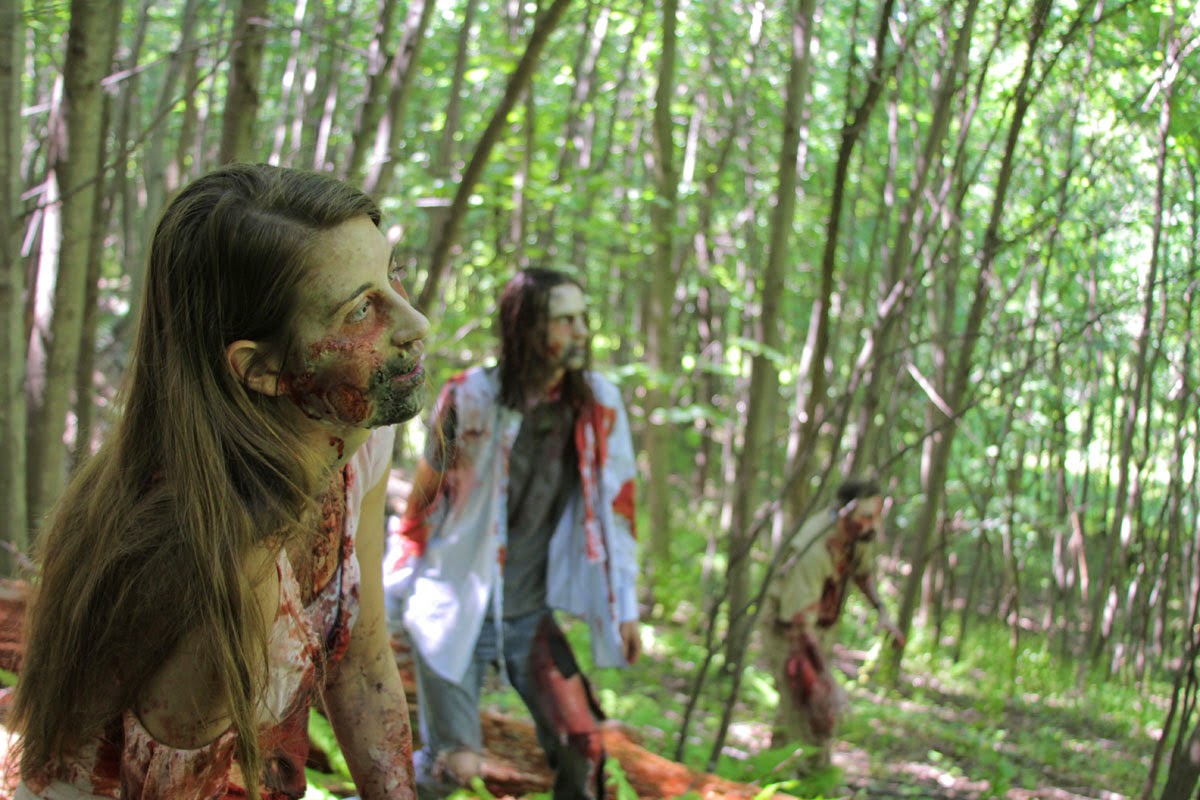
Man, I loved that segment of ‘V/H/S/2’. That was really, really cool.
Thank you. So we had a great time doing that, because even though we weren’t collaborating with the other film makers, we were part of this team, especially when it came to distributing the film and promoting it. We’ve never promoted anything as a team, and then we got to be part of this movie where four other really talented, much younger film makers were tackling something that we popularised years ago. It was really an honour and it was also scary, because we were like, “Wow, this guys are talented, man. These guys are really good. The first movie was really good so we better not be the weakest link in the chain. We better not be the weakest piece in the movie.” So that was our big thing, is just not falling behind. But it was an amazing experience and we actually would have done it again, but it just didn’t work out.
Found footage, we definitely popularised it and started it with Blair Witch and put it on the map. It’s a little humbling for people to say, “Blair Witch started it.” I just feel very fortunate that I was a part of something that gets mentioned every time there’s a found footage movie. It’s cool that Dan and I and the rest of the guys that made the movie, we sparked a lot of people’s imaginations, and I think that for us as film makers that’s what makes us happiest, it’s when somebody comes to me and says, “I started making movies because of Blair Witch.” To me that’s the most comforting thing and the thing that I’m most proud of, because I think back on the film makers that inspired me and I just think, “Without those guys I wouldn’t be where I was today.” So it’s great that our movie inspired a whole new generation of film makers.\
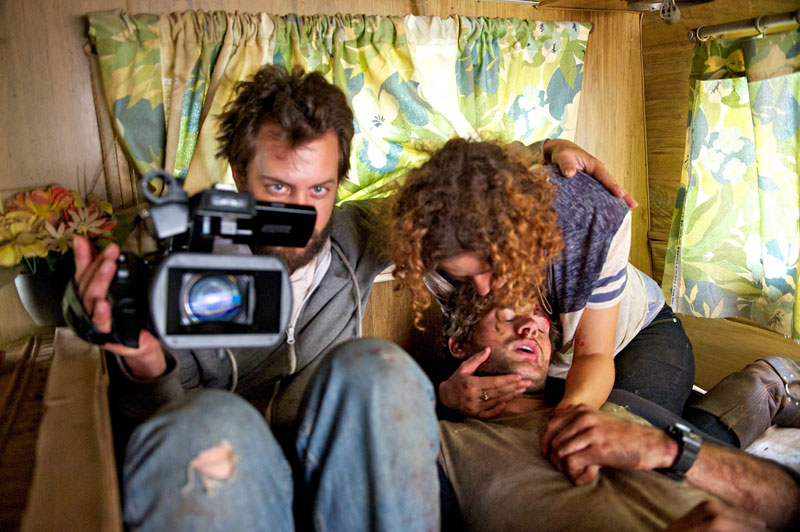
With that in mind and you having played quite a big part in establishing the conventions of the sub-genre, are there specific things that you have to either tick off or avoid when you’re making a found footage film in 2014?
No, I think you can do whatever you want. I think that there’s enough variety now and I think there’s enough people – there are enough fans of it. I think that as long as you tell a good story, and as long as the execution is somewhat competent and you put in something new that people haven’t seen before, I think to me that’s kind of the only thing that you have to do. And that’s really with any film that you do. You just make sure that you’re doing something that isn’t something that people have seen before. Also, make the film for the right reasons. Make it from your heart. Put your energy into it and be proud of your film.
But, for found footage there are certain kind of rules that you follow, but even for this, the big thing with most found footage movies don’t have any music, including Blair Witch. This has a full score, and for me it was like, “Well, it’s fine. It’s a movie.” Things have changed since Blair Witch where we were trying to convince people this was real. The thing is that we have a great sound mix. It’s a very, very Hollywoody big sound mix, and that’s part of the enjoyment. For me, I wanted it to be a monster flick. I want this to be something that people go the theatres and see and get creeped out and scared and that gets their blood pumping. I want it to be a roller coaster ride. For me rules are to be followed to a certain extent, but the biggest rule is try to make something unique, and try to make something that speaks to you, and try to make it the kind of movie that you want to see. I think that’s more important that following any rules.
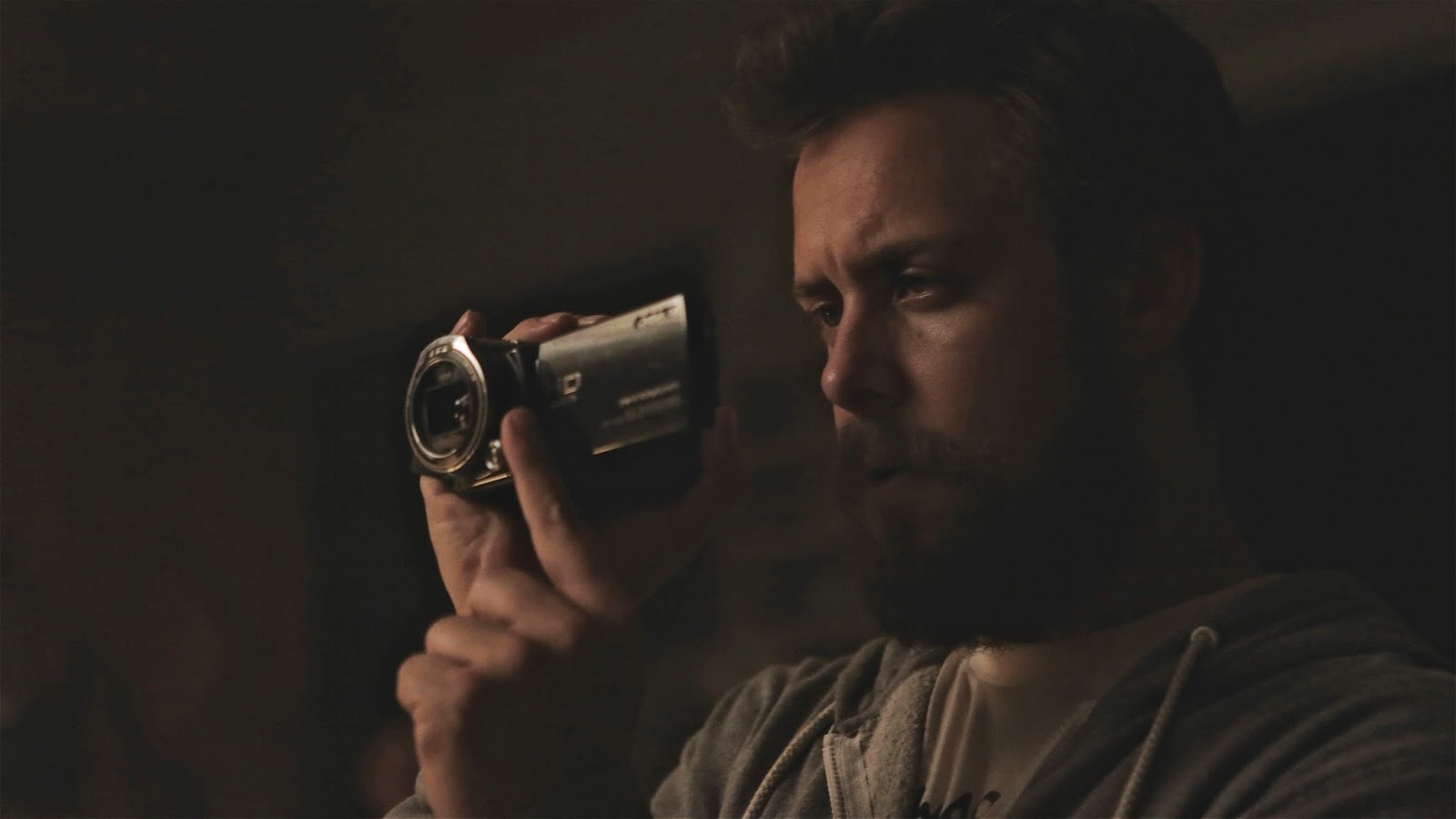
You staged a number of quite different set piece scenes in the film – there’s a fantastic RV tumble down a ravine, there are one or two sequences that take place almost entirely in darkness, there’s some close ups of Bigfoot just turning up all of a sudden. Was it important for you to have a variety of different set pieces in the film, and which was your favourite one to put together?
Yeah, for me it was kind of taking as many Bigfoot moments as I’ve catalogued in my head – all these little creepy beats, some inspired by supposed true stories, some I just came up with in my head. So it’s definitely the idea of bringing as many of these beats to life as possible in the movie. So yeah, variety was the name of the game. I was trying to have this creature do things that definitely pushed the boundaries of what had happened in Bigfoot movies, but also was familiar to the basics of Bigfoot sightings. There’s footprints, there’s sounds in the woods, there’s wood cracking, there’s howls, an upside down tree is part of Bigfoot mythology and then the nest at the end – there’s been reports of Bigfoot nests out there. So, I definitely wanted to mix all that with some cool action sequences of Bigfoot dragging people, Bigfoot taking people and throwing them against trees, Bigfoot smacking somebody down, chasing somebody. For me, it was take as many moments as I can and put them into the film. So variety was the basic rule.
Then, a lot of these sequences were a lot of fun to put together, a lot of fun to shoot, but I think that the one that was probably the most important one was the bike chase, because it was the first day that we had Brian – Brian Steele plays the creature – the first time we had him on set, it was the first thing we shot, and for us it was kind of a barometer as far as like, “Is this thing going to work? Is a guy in a suit going to work for a modern audience?” And we got the footage back and I think the next day they put a quick edit together and it felt good, it felt like we had enough shots of Brian running through the woods that looked incredibly authentic, looked like some hairy beast running through the woods. So then once we shot the stuff with Samuel Davis, the actor, and the stuntman and all that stuff, we cut the scene together and it was one of my favourite scenes in the film. It’s just something that I had in my head for a long time – being chased by a creature that can run as fast as you on a bike, and this thing coming closer and closer and you’re just getting more and more desperate, and so you just fall off the bike, you have an accident, and now you’re completely at its mercy. So, that was definitely a really great little sequence to shoot and to edit.
How was the Bigfoot suit holding up by the end of the shoot? Was it nice and smelly by then?
It was falling apart, man. It was so stinky. A lot of people are like, “Well, you’re kind of the same size as Brian. Why don’t you try the suit on?” I didn’t want to go near that suit! That suit was not in a good condition afterwards. You know what, Brian, to his testament never complained about the suit, how stinky it was, how many hours it took him to get into it or get out. He was always there to stay the extra time, go the extra mile, all the time – always suggesting things, always asking for more takes so we could get more variety. So it was definitely a pleasure to work with him, but man, that suit. We shot it in Texas and it wasn’t the middle of summer or else somebody would’ve died, but it was definitely hot. It was early spring and it was already hot, so there was definitely a few days there where Brian would literally squeeze the sweat out of that suit and it was like almost a bucket – he could almost fill a bucket of sweat. Then they would soak the suit in – I think in Vodka or some kind of alcohol – to just kill the germs that were growing on it. Then they would dry it with these blowdryers, so it was definitely a crazy thing. By the end, the suit was ripping, the feet were falling apart. Those kinds of suit are not meant for that kind of punishment and we were definitely putting a lot of punishment on it. We put a lot of miles on that suit, that’s for sure.





